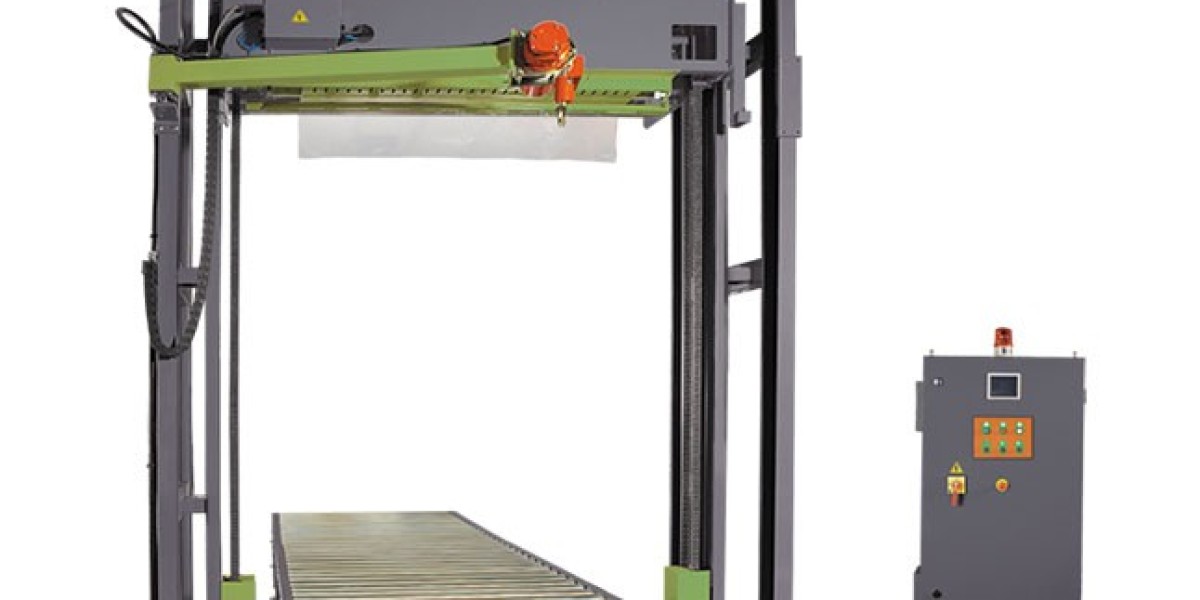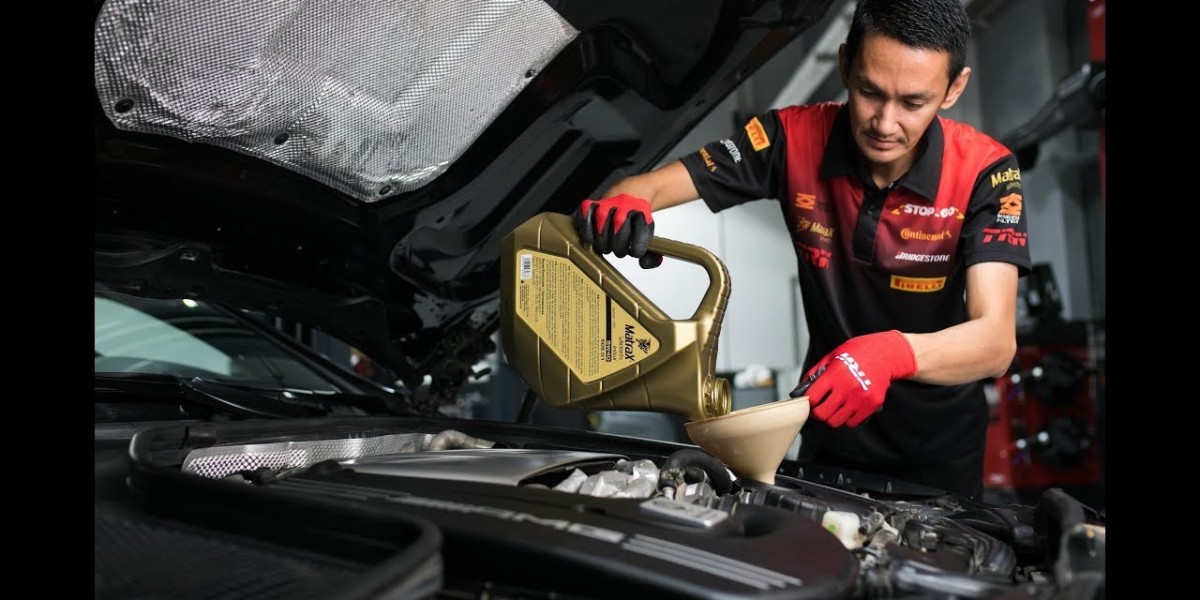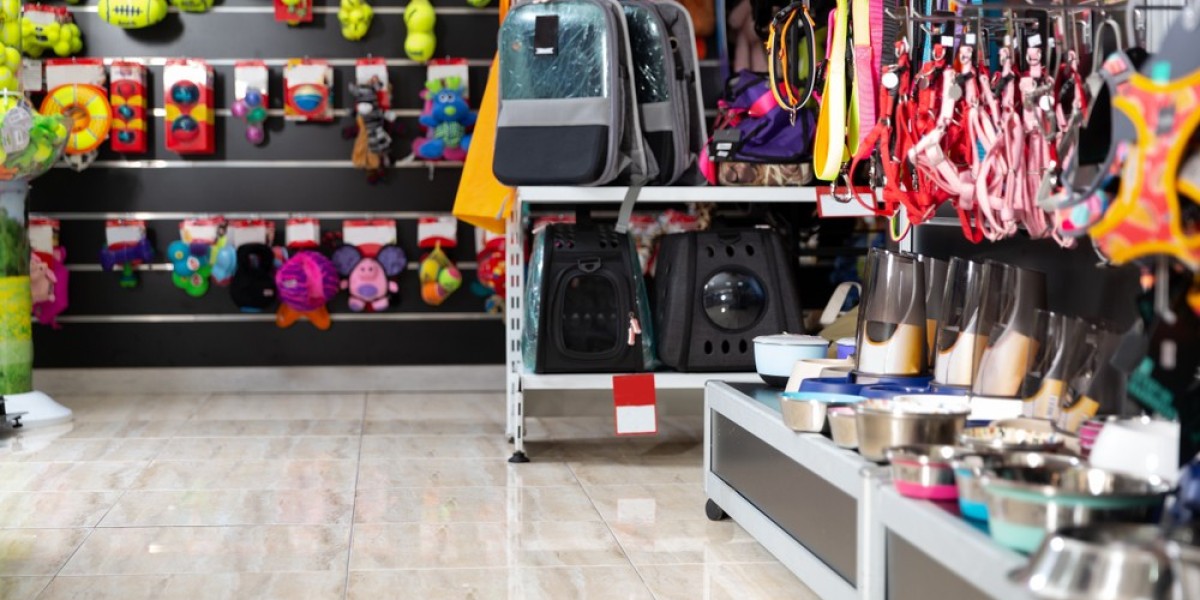Understanding Integrated Packaging Lines
Integrated packaging lines are comprehensive systems designed to streamline the packaging process from start to finish. They bring together various elements of packaging, such as filling, capping, labeling, and quality control, into a single, synchronized system. This holistic approach not only reduces manual intervention but also minimizes the chances of errors and inconsistencies in the packaging process.
Components of an Integrated Packaging Line
To comprehend the functionality of an integrated packaging line, it's essential to understand its key components:
1. Conveyor System
The conveyor system forms the backbone of the integrated packaging line. It transports products from one station to another efficiently, ensuring a smooth flow throughout the packaging process.
2. Filling Machines
Filling machines are responsible for accurately filling containers with the product. They come in various types, including piston fillers, gravity fillers, and volumetric fillers, depending on the specific product and packaging requirements.
3. Capping and Sealing
This stage involves securely sealing the containers. Integrated packaging lines offer a range of capping options, such as screw caps, snap caps, and induction sealing, ensuring the product's integrity.
4. Labeling and Printing
Labeling and printing machines apply product labels and relevant information, such as barcodes and expiry dates, with precision and consistency.
5. Quality Control
Quality control stations use advanced technologies like cameras and sensors to inspect the packaged products for defects, ensuring that only high-quality items reach the market.
Benefits of Integrated Packaging Lines
1. Increased Efficiency
Integrated packaging lines significantly reduce manual labor, leading to faster production rates and reduced operational costs. This efficiency translates into quicker turnaround times and increased profitability.
2. Improved Accuracy and Consistency
Automation eliminates the margin of error in the packaging process. Each product is filled, capped, labeled, and inspected with the same level of precision, maintaining product quality and consistency.
3. Space Optimization
Integrating multiple packaging functions into one line saves valuable floor space, allowing businesses to utilize their facilities more effectively.
4. Scalability
Integrated packaging lines can be easily scaled up or down to meet changing production demands, making them suitable for both small businesses and large-scale manufacturers.
Industries Benefiting from Integrated Packaging Lines (H1)
The versatility of integrated packaging lines makes them applicable across various industries:
1. Food and Beverage
From bottling sauces to packaging snacks, integrated lines ensure food products are handled hygienically and efficiently.
2. Pharmaceutical
Pharmaceutical companies rely on integrated lines for accurate dosage filling and secure sealing of medication containers.
3. Cosmetics
Cosmetic manufacturers use integrated lines for precise filling and labeling of skincare and beauty products.
4. Household Chemicals
Integrated packaging lines maintain the quality and safety of household chemical products, such as detergents and cleaning agents.
Conclusion
In a world where efficiency and quality are paramount, integrated packaging lines have emerged as a game-changer for businesses. These systems not only streamline the packaging process but also enhance accuracy, consistency, and overall productivity. Whether you're in the food industry, pharmaceuticals, cosmetics, or household chemicals, embracing integrated packaging lines can give your business the competitive edge it needs.








